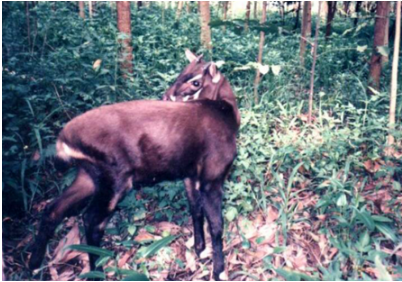“The Saola is a unique animal, charismatic and mysterious, called the giant panda of the region by some,” explained GWC’s Wes Sechrest.
The major obstacle to the species’ recovery is poaching, Sechrest explained, whereby illegal hunters use snares or dogs to trap the animals both for meat and for trophies. Scientists and conservationists continue to find evidence of increased poaching activity in the field.
GWC’s goal is to provide local governments with the scientific information necessary to create sound policies to increase soala populations, and also to promote awareness of the problem in the United States, especially among the Vietnamese-American and Lao-Ameican communities.
Other recent conservation efforts by GWC have focused on the Cardamom Mountains region in southwest Cambodia, one of the last remaining large expanses of wilderness in that part of the world. Most of the region is largely unexplored and the distribution of species unknown, although the few surveys completed have discovered significant populations of threatened species such as Siamese Crocodiles and Asian Elephants.
Until recently, access to the Cambodian mountains was prevented by security concerns, and even today exploration of the remote areas presents health and safety risks from land mines, unexploded ordinance, malaria and dengue fever.
Related Posts
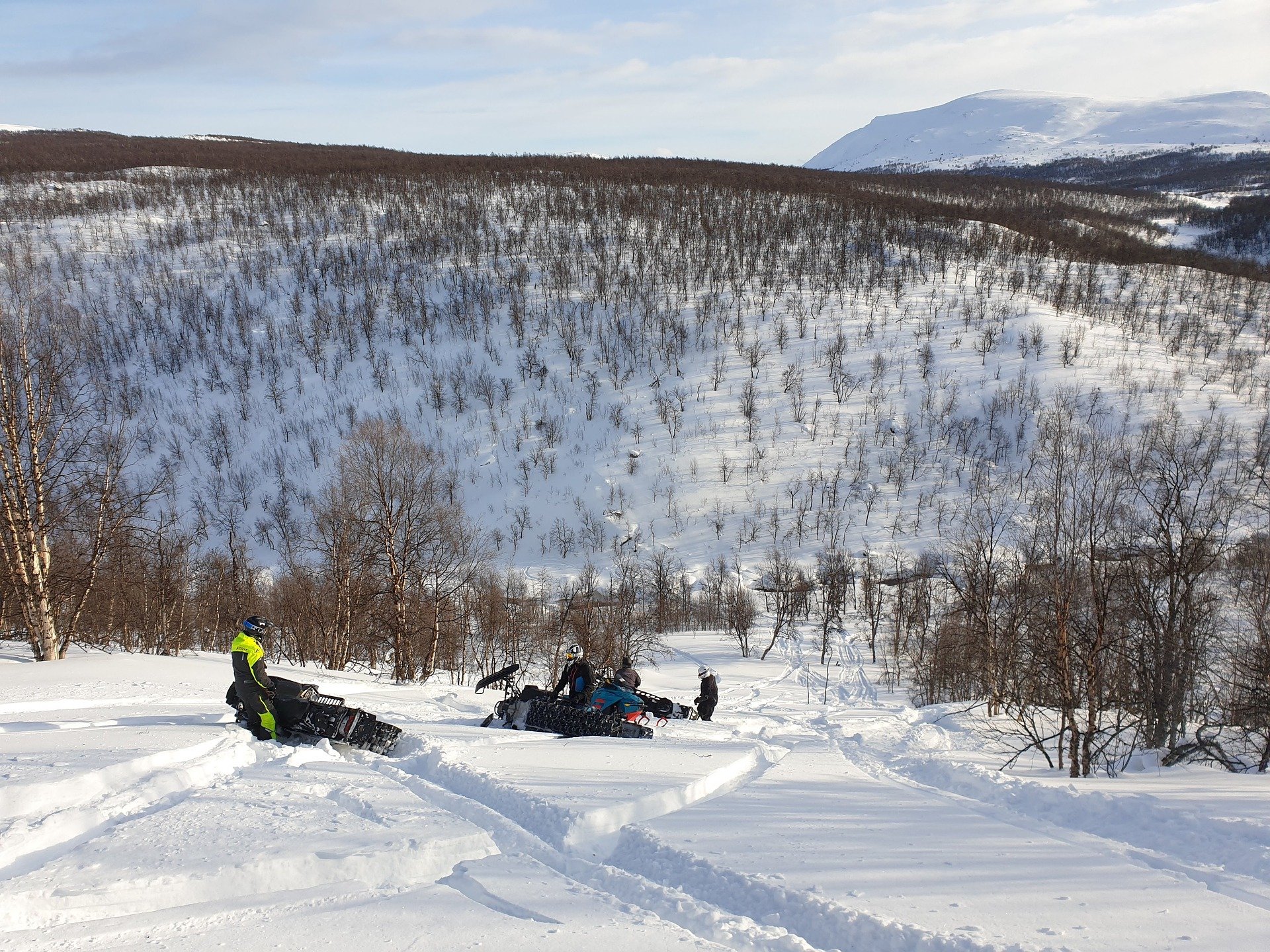
Mar 26, 2025 5 mins read
Mission Briefs: Global Rescue In Action – Issue 56
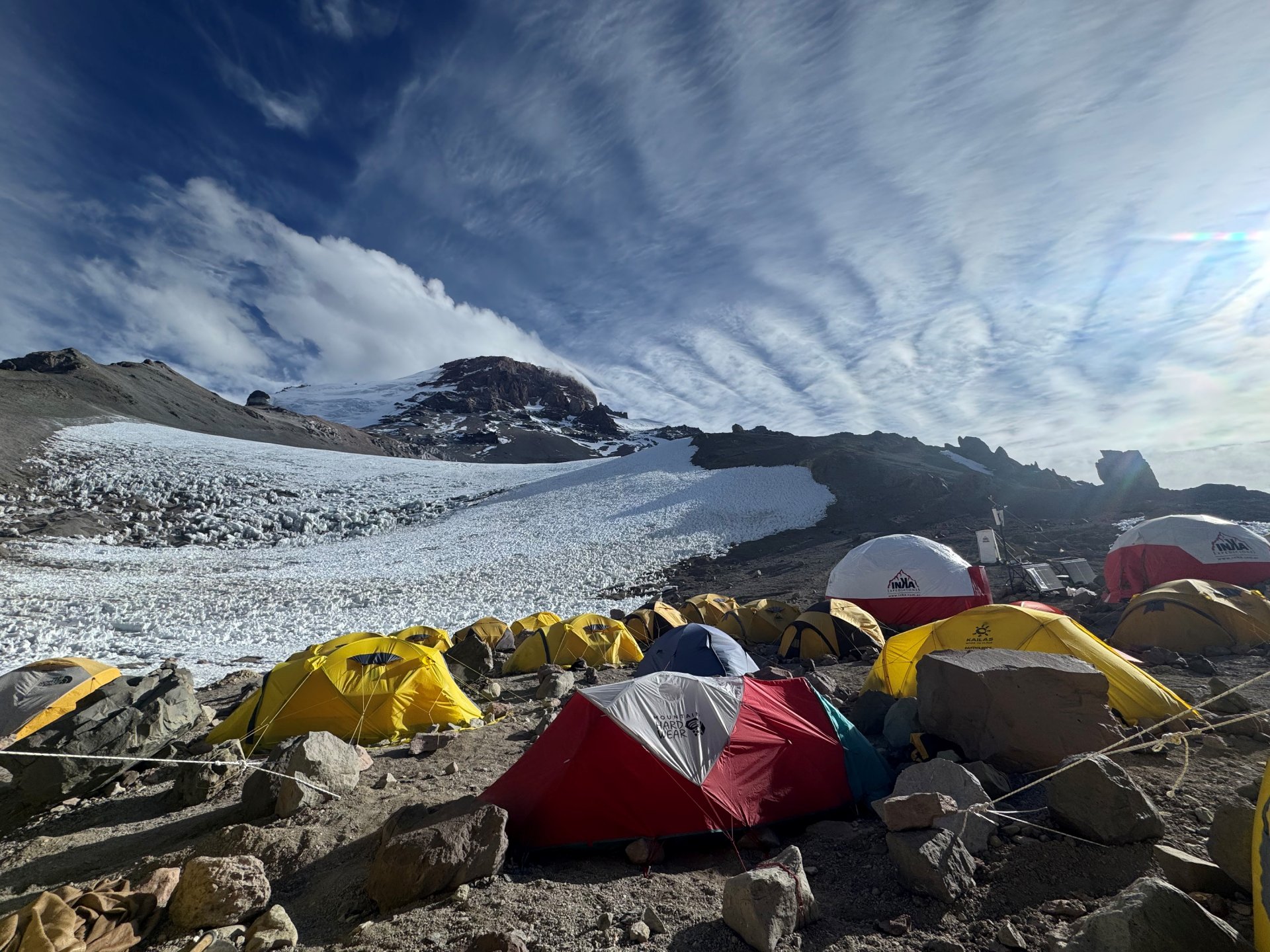
Mar 18, 2025 5 mins read
From Aconcagua Summit Dreams to Slopeside Survival: Nicole Lynch’s Unforgettable Airborne Rescue
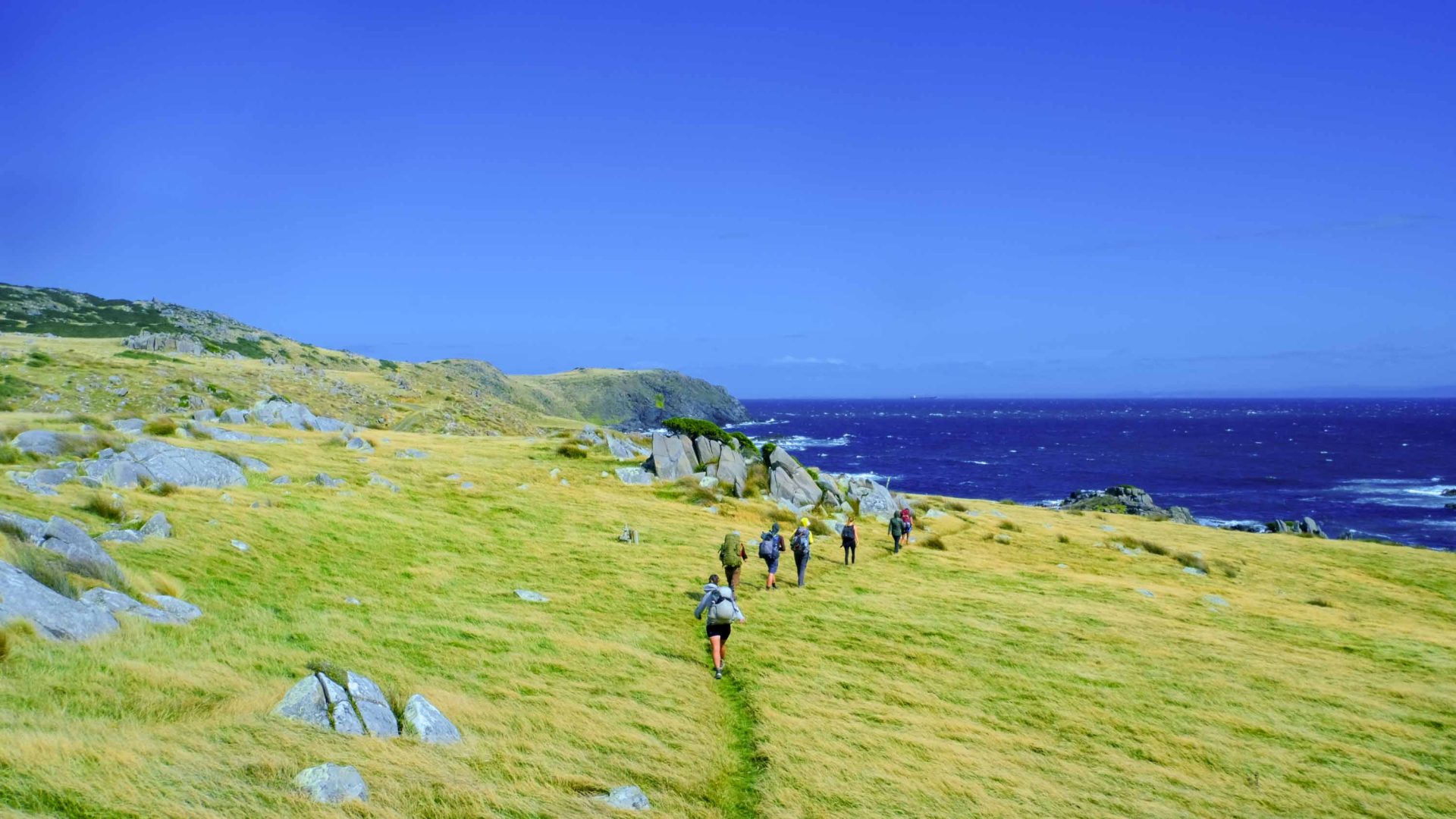
Mar 05, 2025 3 mins read
Mission Briefs – SOS In Action: Issue 3
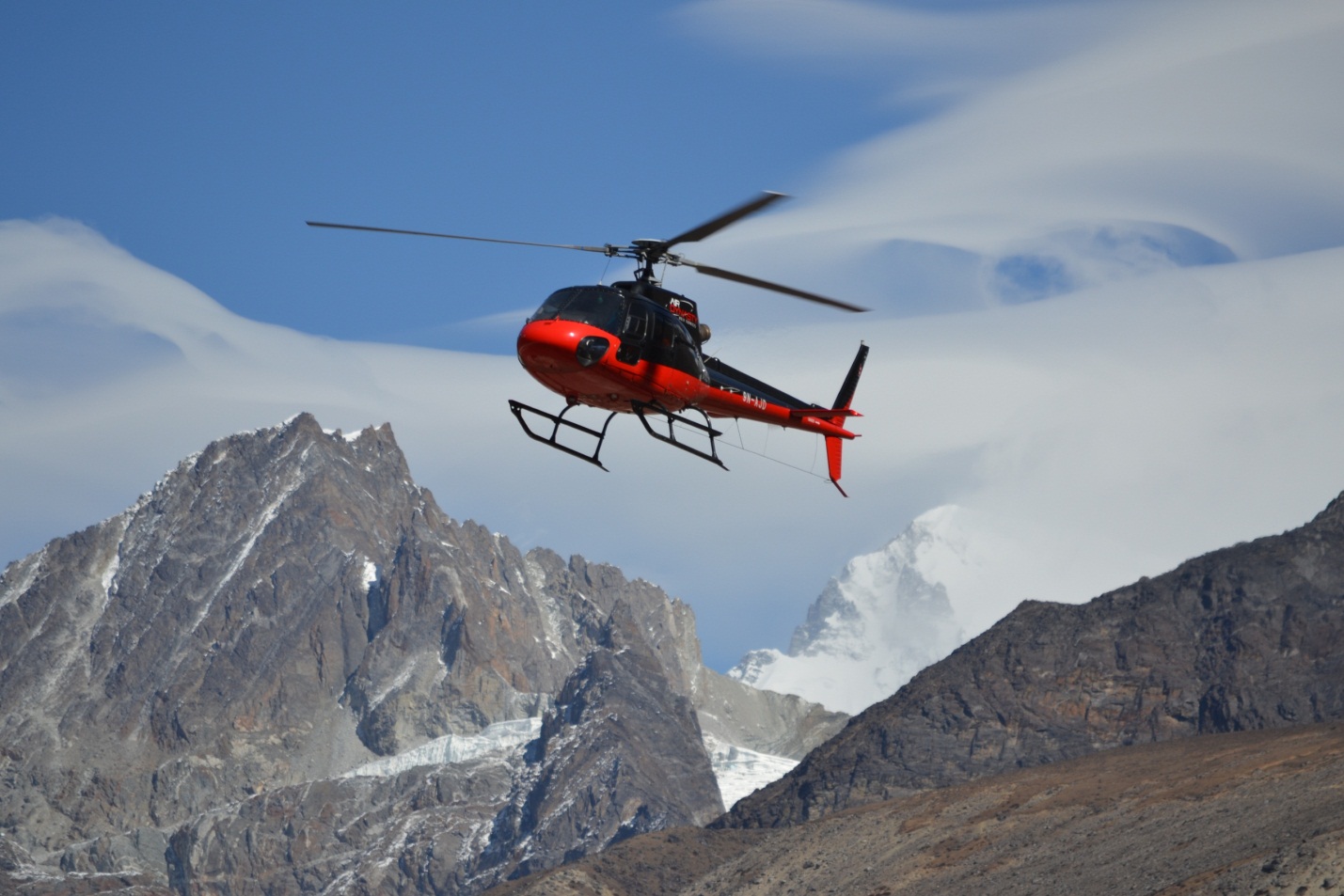
Feb 28, 2025 6 mins read
Medevac: The Critical Role of Rescue Helicopters in Emergency Medical Evacuations
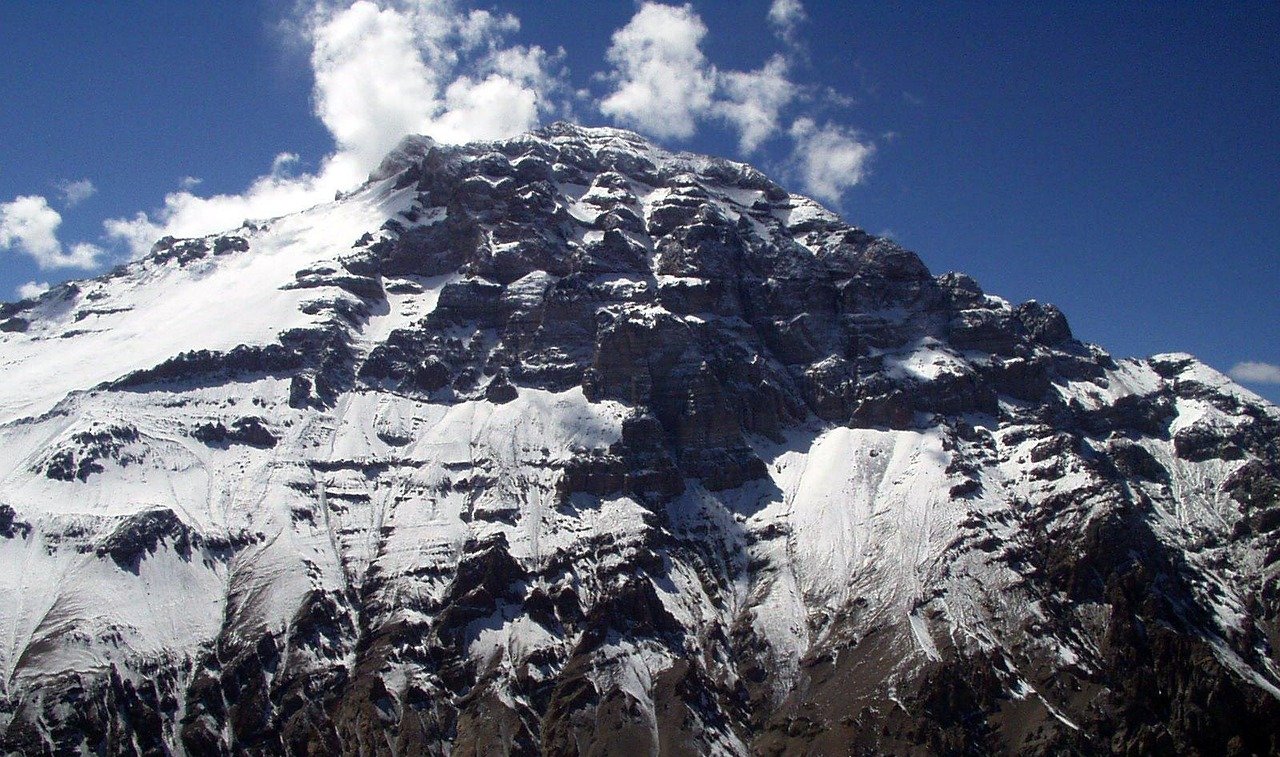
Feb 21, 2025 5 mins read
Mission Briefs: Global Rescue In Action – Issue 55

Jan 24, 2025 5 mins read
Mission Briefs: Global Rescue In Action – Issue 54

Dec 20, 2024 6 mins read
Mission Briefs: Global Rescue In Action – Issue 53 – The Himalaya Special Edition
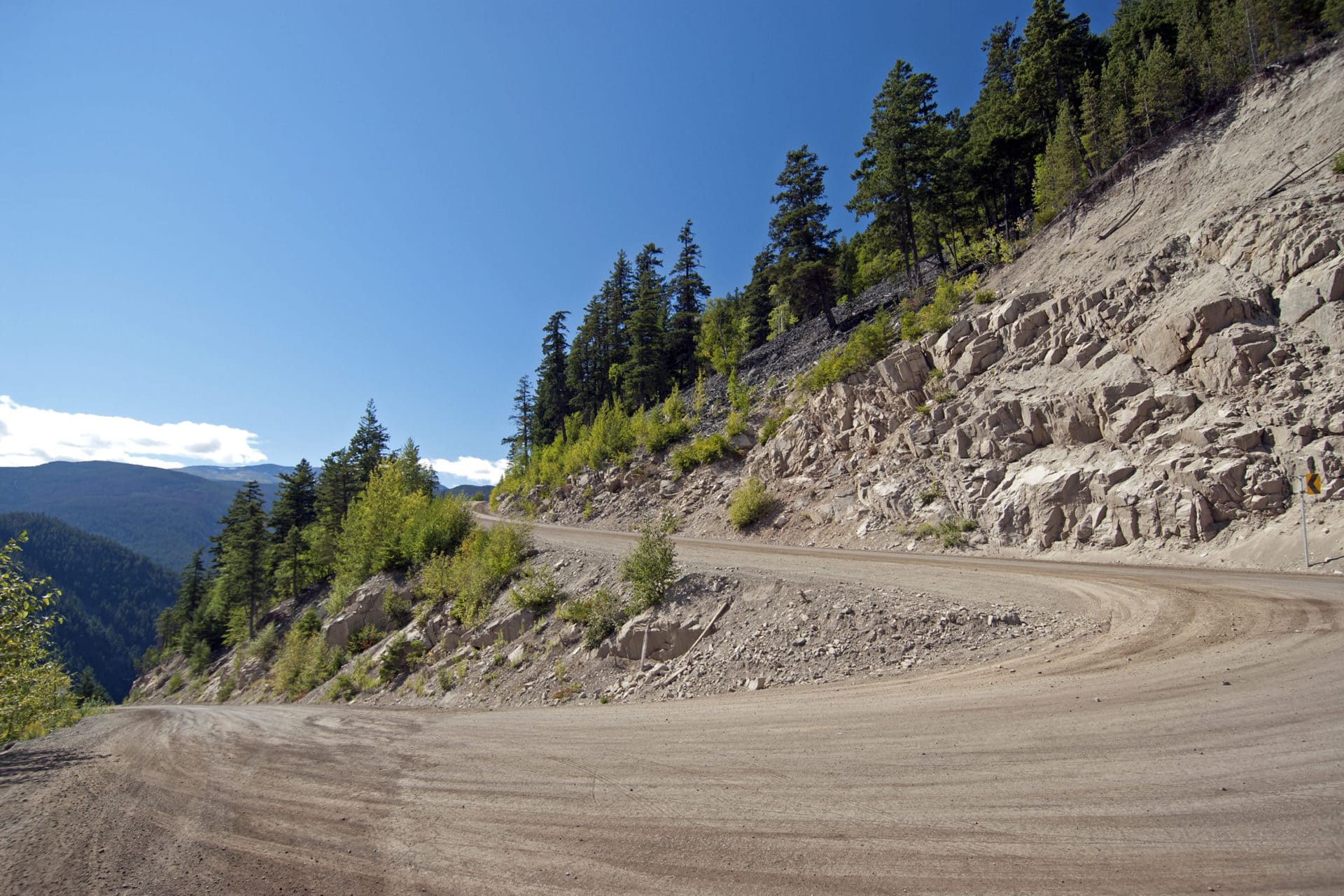
Dec 04, 2024 5 mins read

